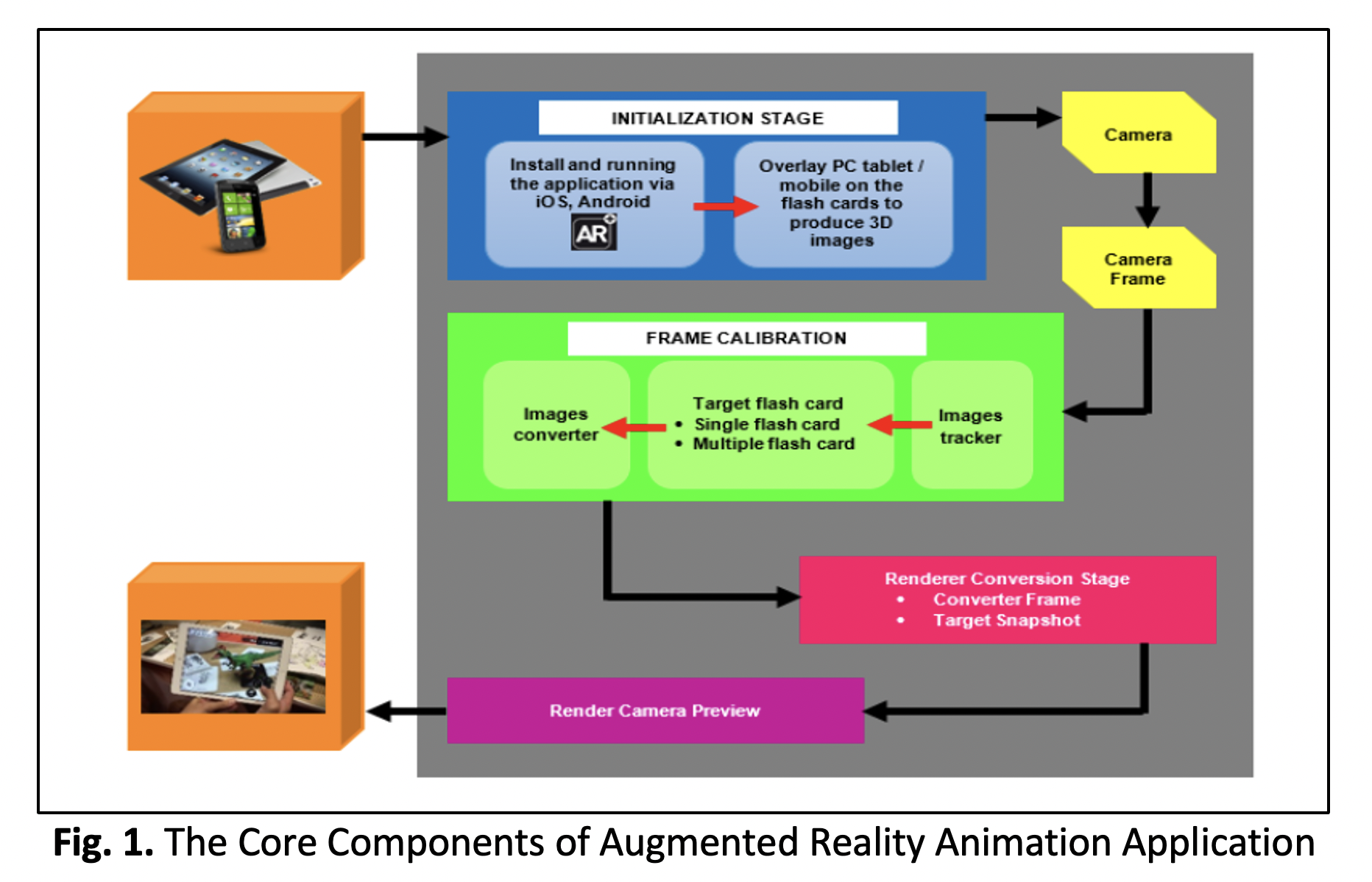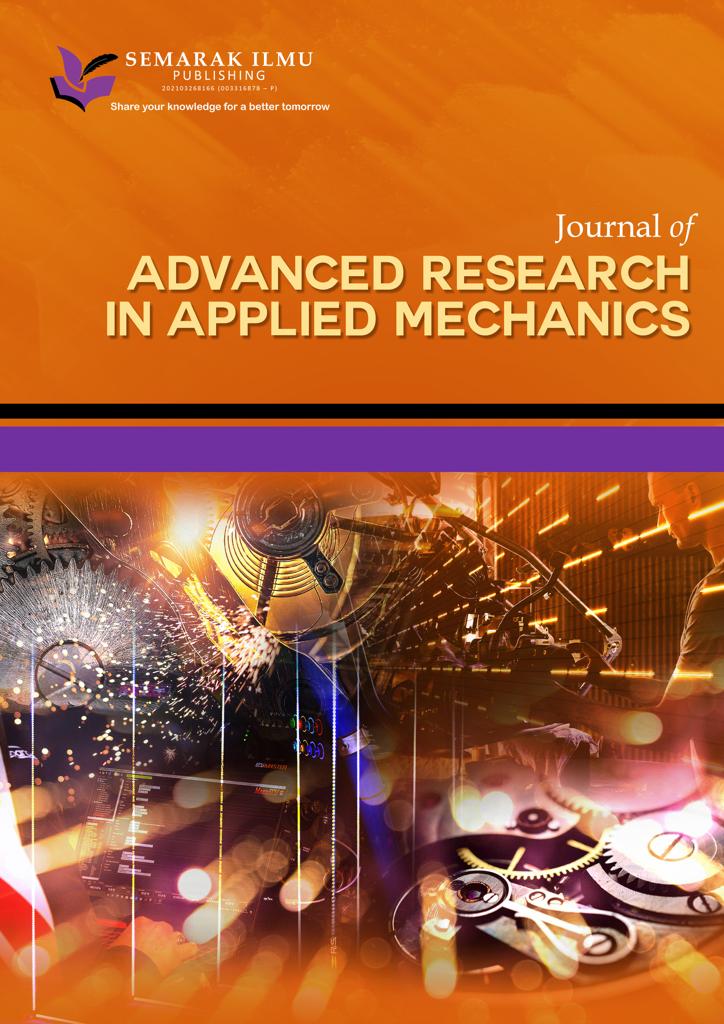Augmented Reality (AR): An Assistive Technology for Special Education Needs
DOI:
https://doi.org/10.37934/araset.34.3.97105Keywords:
Augmented reality, Assistive technology, Educational TechnologyAbstract
Since 2017, the Ministry of Education has introduced Basic Vocational Skills subjects that able special students to master basic living skills in their schooling years underlying Secondary School Standard Curriculum – Special Education (KSSM –PK). The biggest challenge for individuals with ASD is to be independent and get jobs after schooling. Hence, beginning in 2017, Secondary School Standard Curriculum – Special Education (KSSM –PK) has introduced the Basic Vocational Skills subject, which students must master during their schooling years. From the preliminary study, many teachers revealed that they face difficulty delivering lessons primarily related to teaching and learning materials to enhance ASD students mastering living and vocational skills. Designing and developing effective teaching and learning aids, especially for children with special education needs are in alarming stages. Parents and caregivers indicated they face insufficient enhancement and practice learning tools for their children, especially after school hours. The guidebook and extra exercise books are essential for them to master their learning while at home. In response to the gap mentioned earlier and decipher the myriad of potential uses of Augmented Reality (AR) as an assistive educational technology, the current study aimed to design and develop a differentiated instructional pedagogical kit (Kit-MASAK) with AR to assist children with special education needs especially ASD students master in basic vocational skills Preparing and cooking skills). Methodologically, a total 3 students were involved in the phenomenological study. The preliminary analysis of the data summary across the case studies revealed that the Kit MASAK successfully brought contemporary content into the classroom, leading to an exciting teaching and learning environment among students. Furthermore, this study also provides several significant implications for the research and practice.
Downloads
























